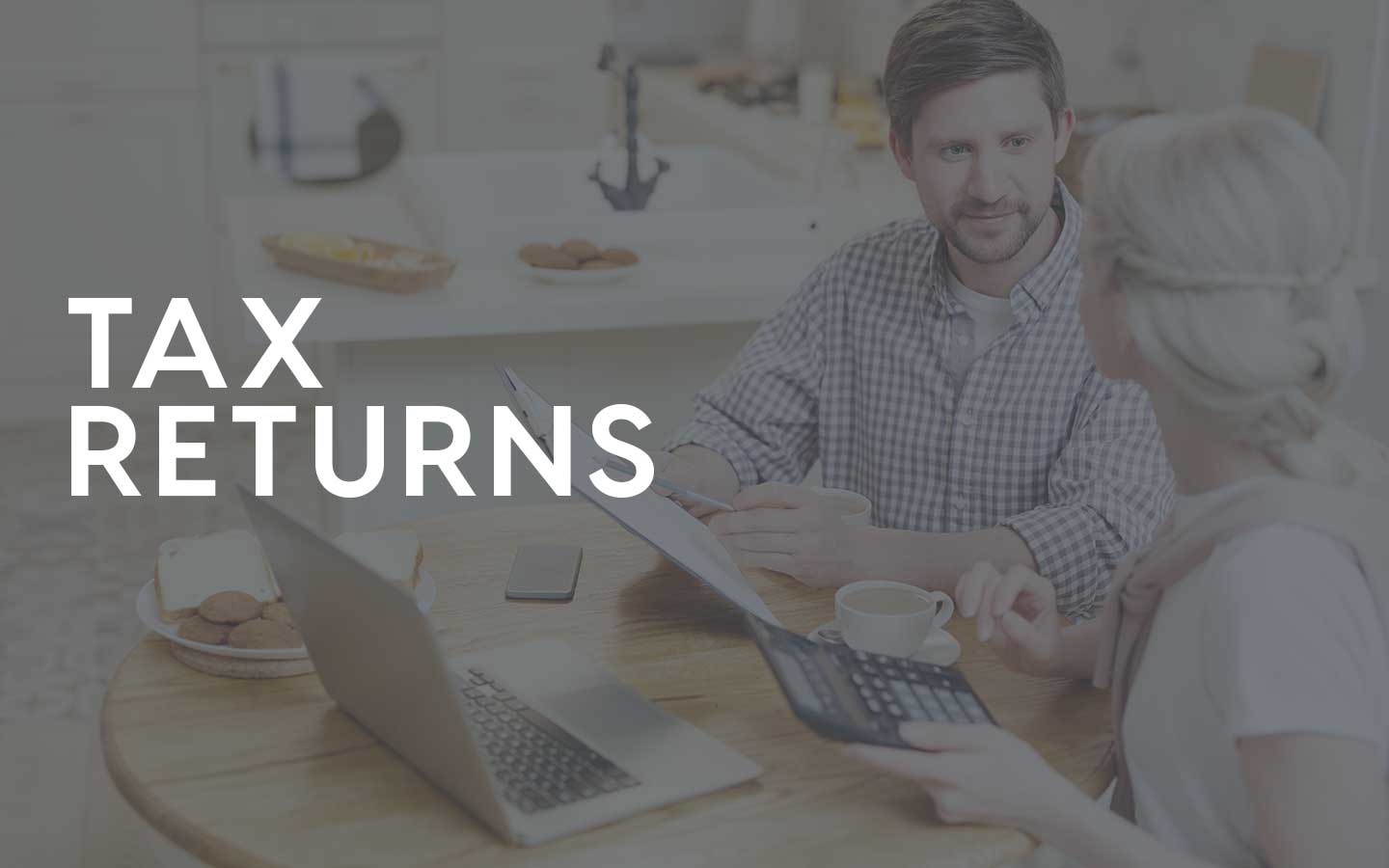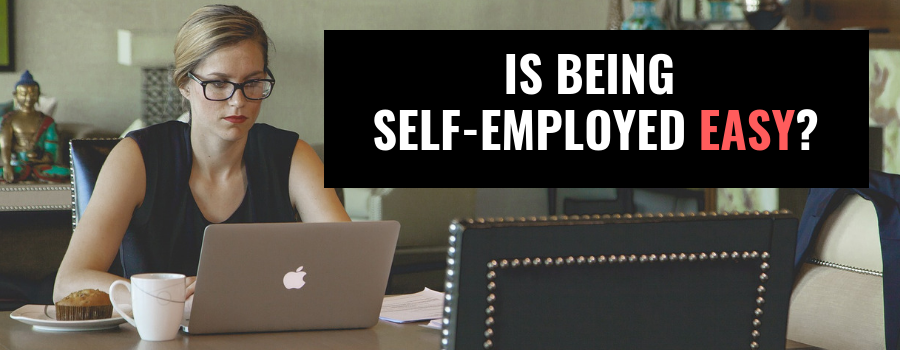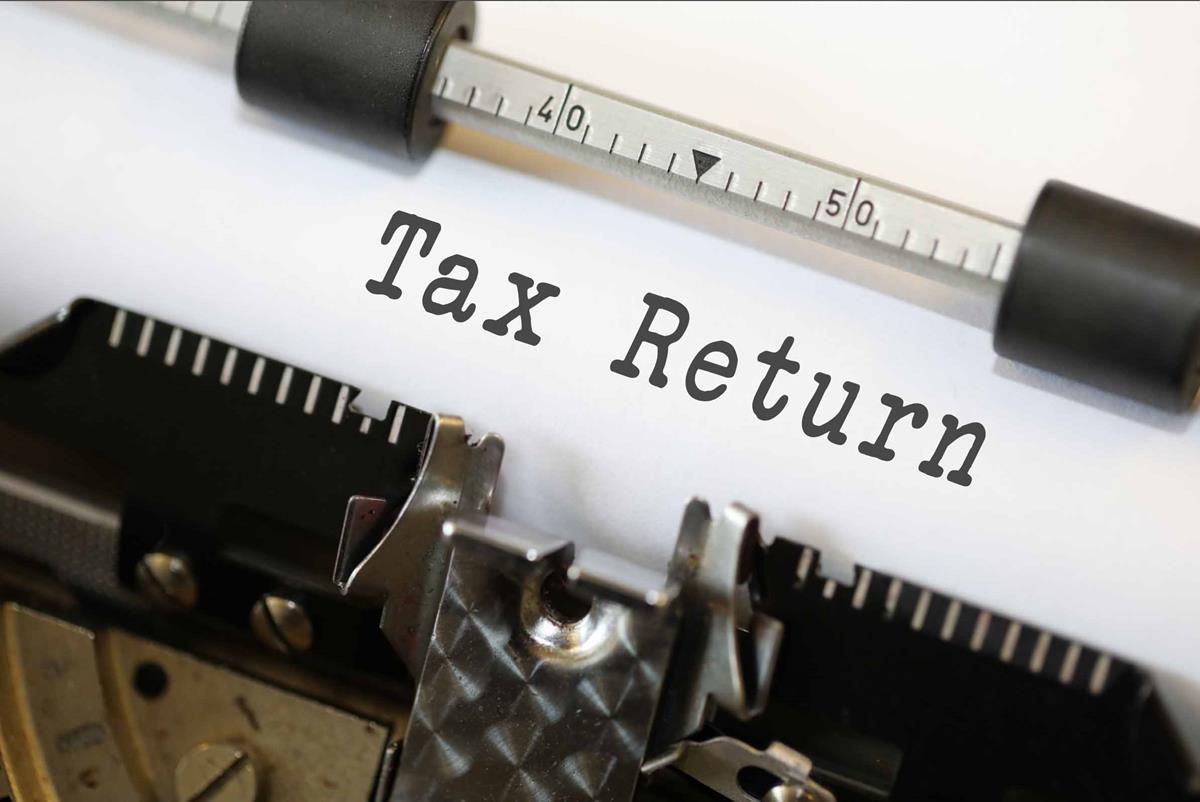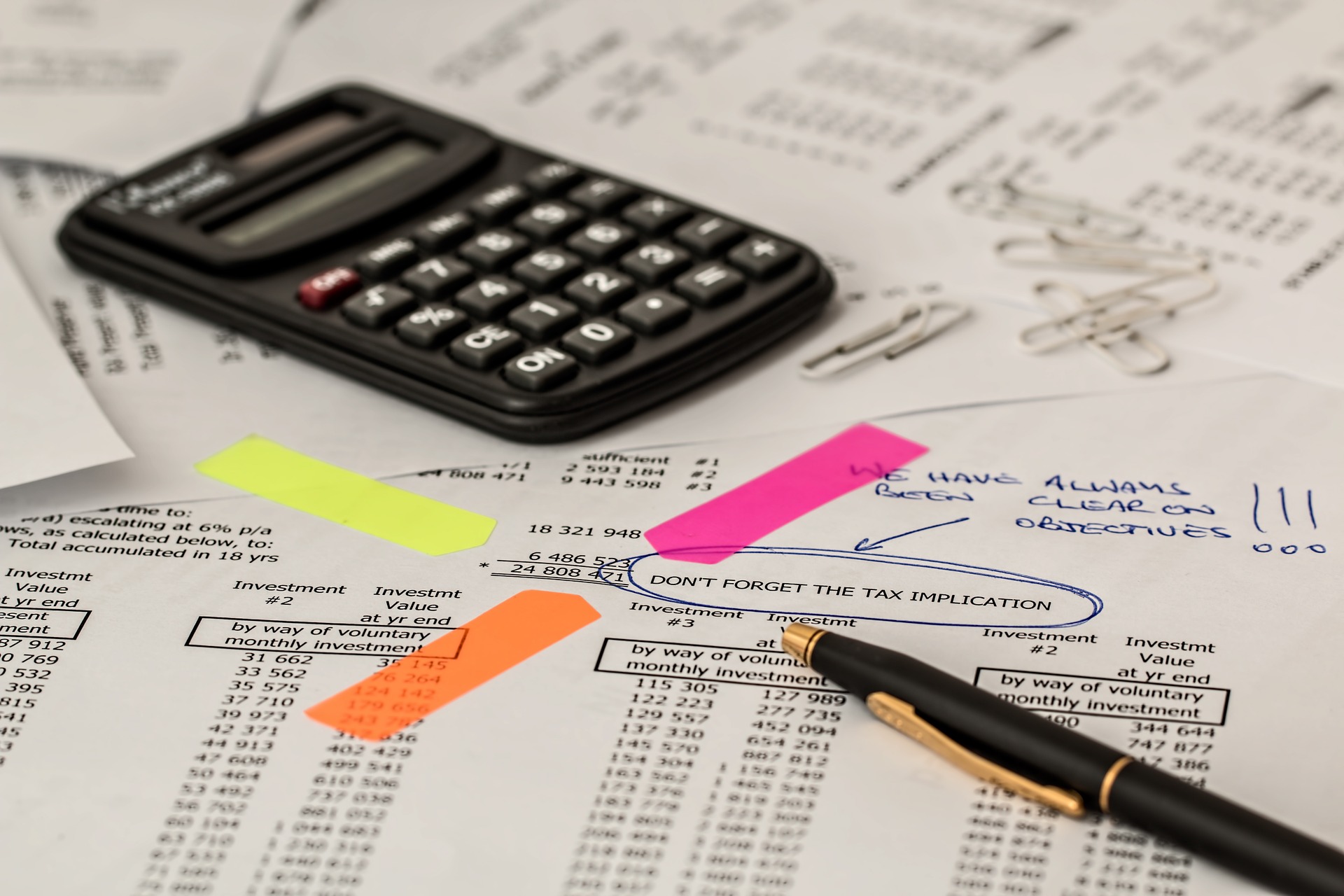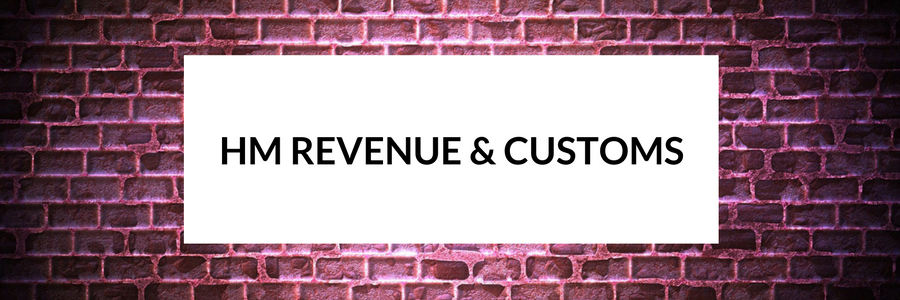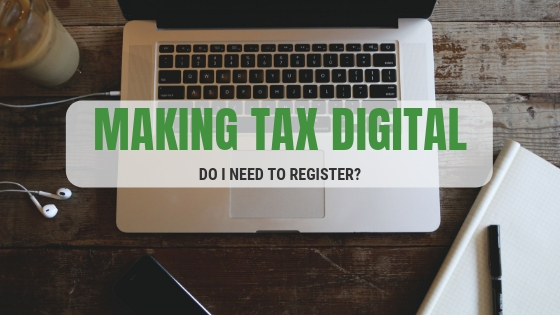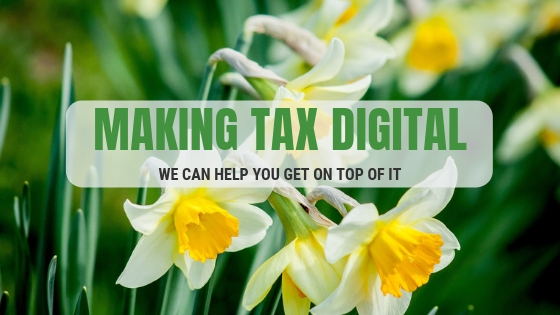VAT flat rate scheme advantages restricted
Last week, the Chancellor announced in the Autumn Statement that many contractors and other service providers will lose the cash benefit of the VAT Flat Rate Scheme from April 2017.
Flat Rate Scheme
The Flat Rate Scheme (FRS) – is used by many small businesses to make their VAT reporting simpler. In addition, many businesses also gain a cash advantage from using the flat rate scheme. However, this advantage is to be cut back significantly from 1 April 2017, as announced by the Chancellor. The Flat Rate Scheme will continue, although many businesses will not find it cost effective to use.
Cash Advantage
Currently, when using the Flat Rate Scheme, the business ignores VAT incurred on purchases when reporting VAT payable – with the exception of capital items which cost £2,000 or more. The process is to simply multiply the gross turnover (including VAT charged at the normal rates) by the FRS percentage according to their specific trade sector.
This Flat Rate Scheme percentage is taking into account the amount of VAT likely to be incurred on business expenses.
The common percentages used by service-related businesses are:
- Accountancy and legal services 14.5%
- Journalism or entertaining 12.5%
- Computer or IT consultancy 14.5%
- Business services not listed elsewhere 12%
- Estate agents and property management 12%
- Management consultancy 14%
If the business incurs minimal expenses, in a sector with a low FRS percentage, it will pay less VAT to HMRC under the FRS than it would outside the scheme.
Many businesses register for VAT voluntarily prior to their turnover reaching the VAT threshold, in order to use the Flat Rate Scheme and gain the cash advantage.
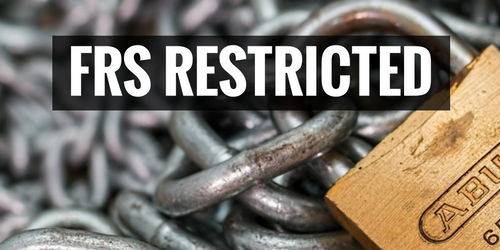
Abuse Of The Flat Rate Scheme
It is believed by the government that many small businesses have abused the Flat Rate Scheme by using it as the law intended. In response, it is changing the terms of the scheme to make the scheme less attractive, and to reduce the cash advantage enjoyed by service-related businesses.
From 1 April 2017, a small business will be required to use the Flat Rate Scheme percentage of 16.5% if it is a “low cost trader”. This is more likely to adversely affect businesses in all of the trade sectors listed above, and quite possibly many other similar businesses, as 16.5% of the gross turnover is equivalent to 19.8% of the net leaving virtually no credit for VAT incurred on purchases.
Low Cost Trader
A Low Cost Trader is a business whose expenditure on goods only is less than 2% of its gross turnover. Or if it is more than 2% of the turnover, the amount spent on goods is less than £1,000 per year. Any expenditure on; capital items, motor expenses, or food or drink for consumption by the business, is ignored when working out the 2% or £1,000 threshold.
This emphasis on ‘goods’ will discriminate against businesses who incur VAT on services such as: rent, software licences, IT support, digital journals, sub-contractors, telecoms etc.
In VAT terms, a service is anything which is intangible, or where the cost relates to a tangible asset, it is the temporary use of that asset – such as hiring.
What To Do Next
We will need to review the use of the Flat Rate Scheme for every client who currently uses that scheme.
Any of our clients who are trading below the VAT threshold of £83,000 may wish to deregister from VAT with effect from 1 April 2017. Businesses who are already trading above that threshold may need to withdraw from the FRS from the same date.
For further information regarding the restriction to the VAT Flat Rate Scheme contact Maze Accountants on 020 8643 9633.


